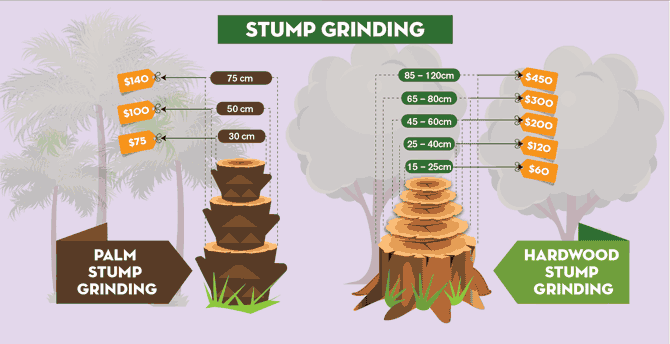Warning Signs For Tree Removal: How To Detect Dangerous Trees
Warning Signs For Tree Removal: How To Detect Dangerous Trees
Blog Article
Article By-McDonald Emerson
When it involves tree care, recognizing the signs that it's time for elimination is crucial for your safety and property. You might discover tarnished fallen leaves, wilting branches, or strange fungal growths indicating health problems. Architectural problems, like a significant lean or cracks in the trunk, can also posture threats. Comprehending these indication can aid you make informed choices regarding your trees and protect against potential hazards lurking in your yard. What should you try to find next?
Indicators of Degeneration and Illness
When you notice signs of decay and condition in your trees, it's vital to act quickly. Search for tarnished fallen leaves, wilting branches, or unusual growths like fungus. These can suggest that your tree is struggling.
If you see cracks in the bark or soft, mushy timber, these signs and symptoms recommend interior decay. Additionally, a sudden increase in insects around your tree can signal that it's deteriorated and susceptible.
Check for any type of dead or passing away limbs, as they present a risk to your home and safety. If you doubt regarding what you see, seeking advice from an arborist can offer quality.
Addressing these indications early can save you from a lot more considerable damage and make sure the health of your lawn. just click the following document wait until it's too late.
Structural Instability and Leaning
As you observe your trees, watch out for any kind of indicators of architectural instability or leaning. If a tree leans considerably, it might show that the origin system is jeopardized.
Search for any splits in the trunk or dirt around the base; these can signify potential failing. Additionally, look for unusual growth patterns, like a lopsided crown, which might suggest that the tree is struggling to hold itself upright.
If you discover that the tree favors your home, power lines, or various other structures, it poses a better risk. Don't overlook these signs-- speak with an arborist to evaluate the circumstance.
Acting early can stop expensive damage and ensure your safety.
Dead or Dying Branches and Foliage
If you discover dead or dying branches and foliage on your tree, it's a clear indication that something's incorrect.
These unhealthy areas can suggest underlying concerns like illness, parasite invasions, or environmental stress. When Christmas Tree Trimming Kits shed their fallen leaves or transform brown, they're no longer contributing to the tree's wellness. Ignoring these signs can lead to more decrease, making your tree more harmful.
Dead branches can conveniently break off during storms, positioning a threat to residential or commercial property and people nearby. It's important to assess the extent of the damage.
If the trouble influences a substantial part of the tree, consider seeking advice from a specialist. They can assist identify if elimination is essential to ensure safety and security and preserve the charm of your landscape.
Verdict
If you discover any signs of degeneration, architectural instability, or dead branches on your trees, don't ignore them. These indicators can pose severe security threats to you and your residential property. It's always best to speak with a specialist arborist who can give a professional assessment of your trees. Acting early can stop accidents and pricey damage, ensuring your landscape stays risk-free and healthy. Bear in mind, it's much better to be proactive about tree treatment than to wait on a catastrophe to happen.
